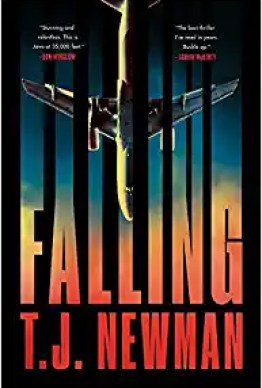
Last week’s Killer Nashville was a satisfying excursion on the whole. Not only were the speakers/attendees/lunch buddies great and the panels interesting, I arrived in Nashville several days early and spent them at Tennessee’s beautiful new State Library and Archives downtown. Accomplished a lot, genealogy-wise.
The meeting was at a hotel about twenty miles south of the city in a county whose citizens have been notoriously anti-vaxx. According to information I pried out of the organizers beforehand, mask policies were set by the hotel (there weren’t any or they weren’t enforced), so that only about forty percent of the attendees wore masks. The conference website and Facebook page were surprisingly mum on the subject; it was as if covid (and people’s understandable worries about it) didn’t exist. Perhaps it was repeated questions like mine that prompted a very last-minute letter from organizer Clay Stafford to attendees, but by then quite a few people had cancelled or decided not to attend. The planners’ cavalier attitude is summed up in the conference title: “Killer Nashville: Unmasked.” Stafford made a convoluted argument attempting to justify this choice, but it fell flat, with me at least.
Nor, unless I missed it, did the pre-conference materials mention that restaurant in the conference’s hotel venue is closed. Breakfast only. The bar was open, but not a peanut, not a pretzel stick in sight. Caterers must have brought food in for the two lunches and one dinner that were part of the three-day meeting. Attendees needed a car to get to any restaurant that wasn’t fast-food, chain-type.
Aside from these lapses in planning for attendee comfort and safety, the program was excellent and diverse. Ironically, despite covid concerns, this was the largest Killer Nashville attendance to date! There were right around 300 people, desperate to chat up their friends and fellow authors. People were upbeat, happy to be together, and grateful to Killer Nashville for making it possible. And, of course, when I saw that the bookstore would send my purchases home, at no charge if I bought more than $100-worth, I “saved” myself that mailing fee with no trouble at all!











